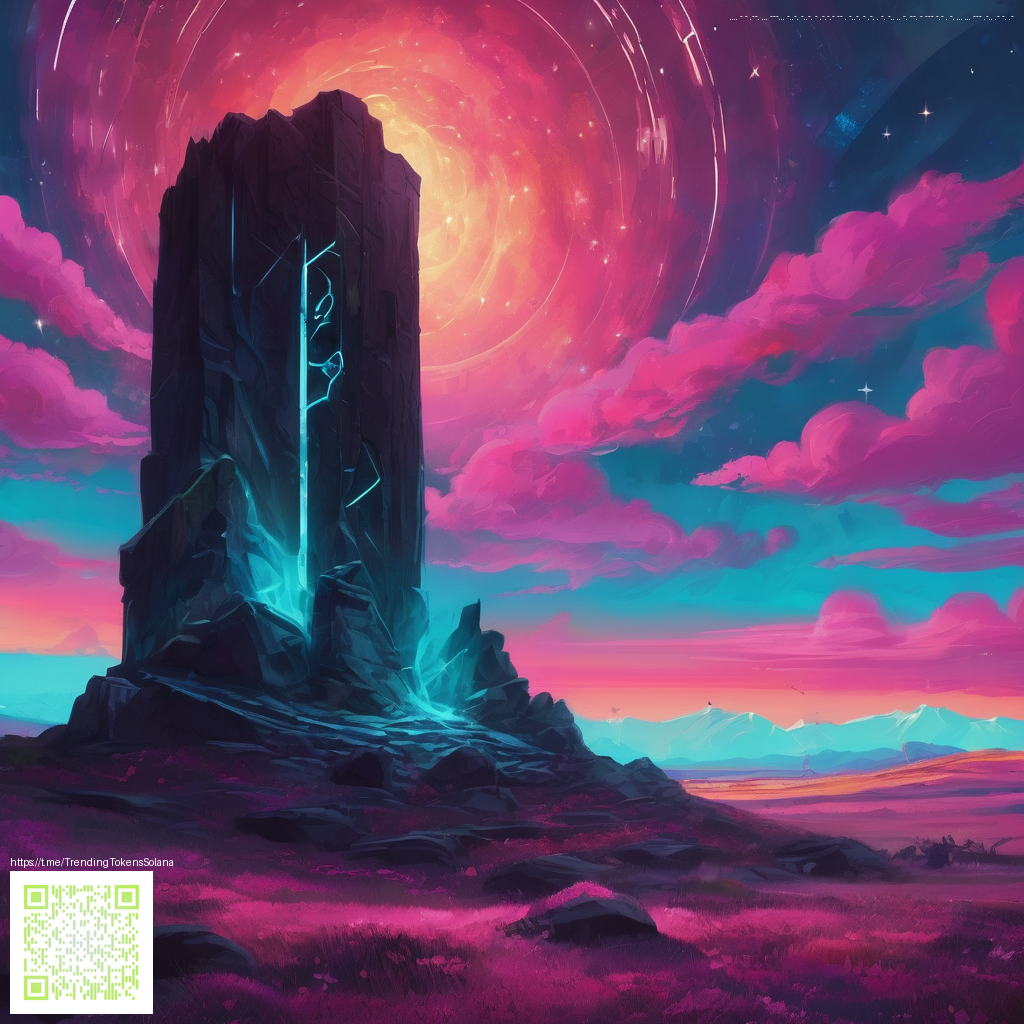
Planet Coaster Getting Started: A New Player's Guide
Planet Coaster invites you to mix engineering precision with artistic flair, building parks that feel alive. For newcomers, the learning curve can feel steep, but the core loop is surprisingly friendly: design thrives on experimentation, guests react to your layouts, and every choice nudges your park toward bigger crowds and brighter days. This guide walks you through practical steps to get your first park off the ground with confidence, speed, and a little bit of showmanship 🎮.
The first hours are all about setting a solid foundation. You’ll balance budget, guest happiness, and ride throughput while learning the map’s terrain tools, pathing system, and visual storytelling. Think small at the start and scale up as you gain comfort with the management meters that drive attendance and revenue. A focused approach helps you avoid overbuilding while you discover what themes and ride types click with your audience.
Core gameplay loops that matter for beginners
Rides are your bread and butter, but the real magic happens when you pair them with thoughtful pathways and inviting scenery. Start with one reliable coaster or flat ride, then layer in a gentler attraction to keep guests flowing and moods high. The immediate feedback loop from satisfied visitors translates into higher park prestige, which in turn attracts more guests and better opportunities for expansion.
Budgeting is your constant companion. Early on, you will juggle construction costs, staff wages, maintenance, and marketing. A common rookie mistake is chasing aesthetics at the expense of flow and safety. Instead, aim for a crisp core loop: a compact ride lineup, a central hub, and a clear area split that guides guests toward food, rest areas, and restrooms. A well balanced economy ensures you can keep upgrading rides without hitting crippling debt.
Building techniques that unlock big potential
The grid system is your friend. Plan zones around a central plaza and radiate paths outward to keep traffic manageable. Layering terrain to create gentle hills and dramatic drops adds personality without sacrificing accessibility. Terrain, trees, and lighting aren’t just decorations; they influence how guests navigate your park and how long they stay in each zone.
They say a park should be readable at a glance. Use color coded zones, distinct signage, and varied landscaping to cue guests toward popular areas. A compact, well lit evening area with a few glowing pathways can transform a sleepy map into a magnetic nightlife district that sustains attendance after dusk.
Rides, trains, and the art of queuing
Choose a starting mix that proves reliable under pressure. A simple looping coaster, a family friendly flat ride, and a gentle thrill ride create a diverse lineup that appeals to different guest segments. Pay attention to queue design; a long, poorly organized line can drain guest patience, while compact queues with shade and seating keep the pace steady.
Maintenance and staffing are the unseen gears behind your success. Regular checks prevent breakdowns that derail crowds and damage your reputation. Assign dedicated staff to key roles like ride maintenance, cleaning, and guest services. A well staffed park runs more smoothly and stays in the black longer, even when novelty wears off.
Community energy and modding culture
Planet Coaster’s community thrives on creative assets, blueprints, and shared design challenges. The Steam Workshop and fan repositories let you borrow or remix scenery pieces, coaster layouts, and entire park chapters to jumpstart your own project. This collaborative ecosystem lets beginners experiment with ambitious ideas without starting from scratch. Always test new assets in a safe save to protect early progress and keep your main park stable 🛠️.
As you grow, you’ll encounter awe inspiring builds from veterans who blend storytelling with technical craft. Studying these works can spark ideas for your own themes and layout logic, helping you translate a strong concept into a playable, enjoyable park. The key is to adopt ideas that fit your park’s identity rather than copying blindly, which keeps your creative voice intact.
Updates, patches, and developer insight
The development team keeps players in the loop through regular news posts and dev diaries. Expect ongoing improvements that refine user interfaces, performance, and workshop integration. For new players, these updates often translate into smoother onboarding, clearer tutorials, and more robust tools for prototyping park ideas. If you want the latest details, the official news hub remains the best source for patch notes and design notes that shape the game’s direction.
Beyond the technical changes, frontline developers often emphasize the importance of experimentation. Planet Coaster rewards players who iterate on layouts, test different ride families, and refine guest flow. That mindset—friendly, iterative, and creative—defines the community’s strongest guides for newcomers and veterans alike 🎢.
Starter checklist you can pull straight into your first park
- Define a clear theme for two or three districts to keep visuals cohesive
- Place a reliable starter coaster and a flat ride to teach guest flow
- Lay out a compact path network with logical shortcuts and shading
- Set up essential amenities and a basic staff roster to keep areas clean and safe
- Save early and frequently, then experiment with blueprints in a sandbox save
Armed with these basics you’ll find the early game becomes a confident, creative sprint rather than a stumbling crawl. The joy of Planet Coaster is the balance between meticulous planning and wild imagination. Embrace the sandbox, learn from your experiments, and soon you will be crafting parks that feel as alive as the crowds that visit them 🕹️.
Neoprene Mouse Pad Round or Rectangular Non-Slip Desk Accessory